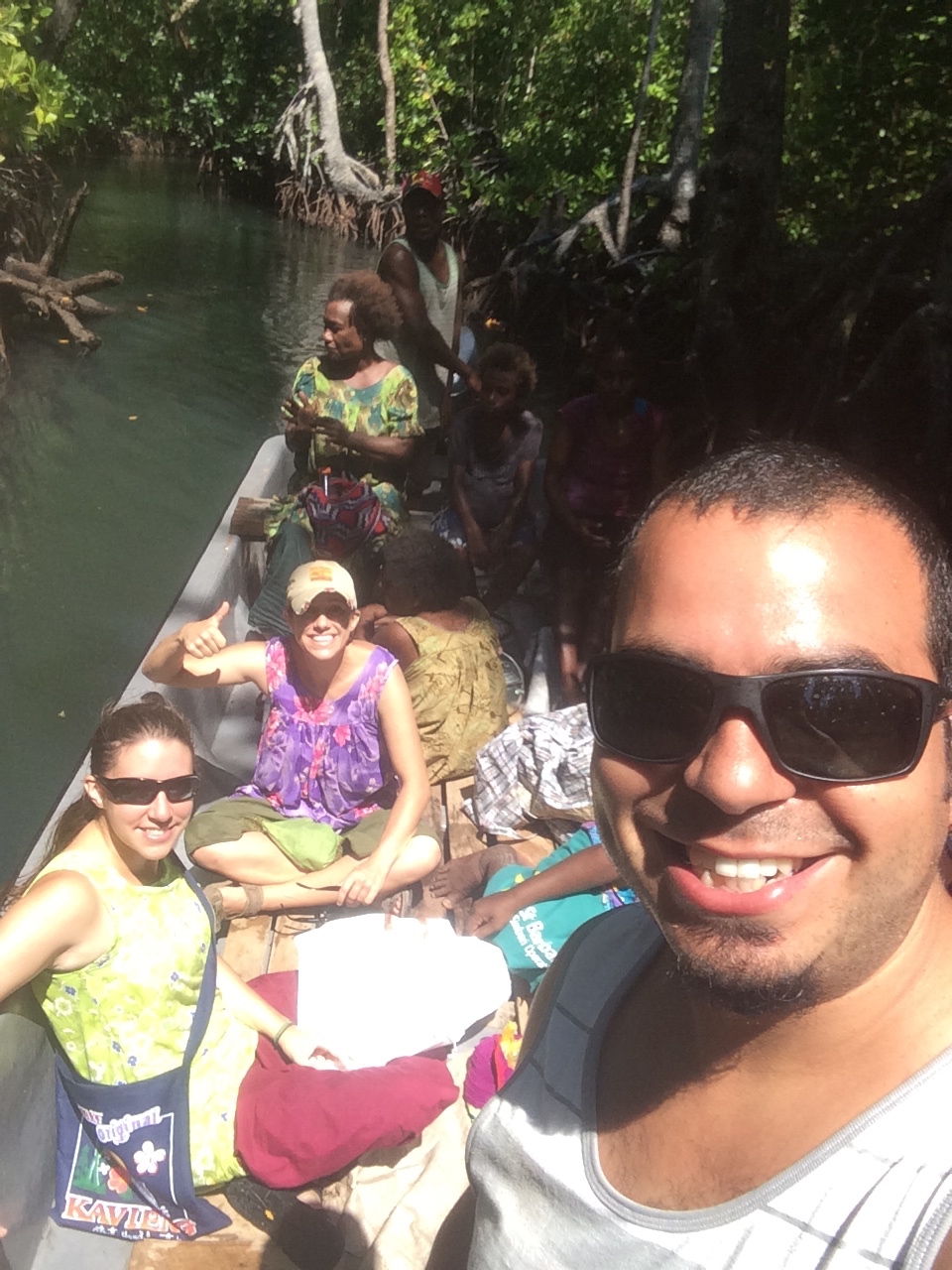Normal
0
false
false
false
EN-US
JA
X-NONE
/* Style Definitions */
table.MsoNormalTable
{mso-style-name:”Table Normal”;
mso-tstyle-rowband-size:0;
mso-tstyle-colband-size:0;
mso-style-noshow:yes;
mso-style-priority:99;
mso-style-parent:””;
mso-padding-alt:0in 5.4pt 0in 5.4pt;
mso-para-margin:0in;
mso-para-margin-bottom:.0001pt;
mso-pagination:widow-orphan;
font-size:12.0pt;
font-family:Cambria;
mso-ascii-font-family:Cambria;
mso-ascii-theme-font:minor-latin;
mso-hansi-font-family:Cambria;
mso-hansi-theme-font:minor-latin;}
Sometimes it is the things that are the most similar that can cause the most trouble and frustration.
As we continue attacking this language (thank you again, prideful people at Babel…), we’re finding many words that are SO close in spelling or pronunciation that they can cause confusion, or give our Tigak friends a good laugh…
One that we shared before is:
· Ngugui (hair)
· Ngugia (dolphin)
WHOOPS: “The dolphin on my head is curly.” (??)
· Tuan (fish bones)
· TuAn (firstborn child)
· Tauan (all the men)
WHOOPS: “(My) fish bones (is) three years old.”
The following 3 words have different pronounciations of the “K” and/or the “a”
· Kina (PNG currency)
· Kina (his leg)
· Kina (laplap/skirt)
WHOOPS: “The laplap has an infection.”
And these words differ by the context:
· Kiki (go down from it)
· Kiki (serve it)
· Kiki (wear it)
As you can see, it can be very easy to miscommunicate something. The subtle differences in the language, be it the word itself, or not paying attention to the context, can make all the difference in our understanding or theirs.
If we don’t learn the language well, how can we explain the Truth of the Word of God in a way that they will understand?
In the same way, if we don’t learn the culture well, how can we explain the Truth about God and His Gospel of Grace, in contrast to the “tumbuna” (ancestral) ways of thinking, or the “almost-truths” presented by the works-based religious groups in this area?
These teachings can seem SO close to the truth and yet they miss the mark. It is these “almost-true”(false) concepts of God and of Christ that have been introduced to the Tigak language group. And these falsities are what leave thousands and thousands of them today:
a. Not knowing what they believe about life and/or death.
b. Believing that if they do good works, then Jesus’ death will save them.
c. Combining pleasing the religious leaders, doing good works to win favor with God, and faithfully following ancestral customs as their means of salvation.
As missionaries, servants of the Lord, we desire to:
a. know His Word well
b. understand the beliefs AND the language of the Tigak people proficiently
c. be found faithful in life and ministry
d. teach the Truth fully
e. equip the believers here to know, understand, and share this Gospel of Grace
Remember, the goal is to make disciples, and a large part of that is building up the Church (the Body of Christ) to maturity, so that they themselves are able to expand the reach of the Gospel to the neighboring islands in the Tigak language, and ultimately to the neighboring language groups!
So we are keeping busy with language and culture learning, as well as building relationships in the village and discipleship of the few believers here.
Naya and Jocie have been having a blast having our homeschool teacher, Mackenzie, here for a couple months. It’s hard to believe her time here is already coming to an end! Join us in praying for her, that the Lord will continue to lead and guide her as she has so much ahead of her!

The church here is getting ready to be a part of a conference for the other believers in the region. Pray that this will be an encouraging and strengthening time for them spiritually!
Lastly, we are having our first CLA check (an evaluation to check our individual progress in the Tigak language and culture) in November! We’re excited and nervous. Excited to receive further direction, but naturally nervous to be evaluated! Pray that it will go well.
Thanks for all your support and encouragement!
~the Martinez family













